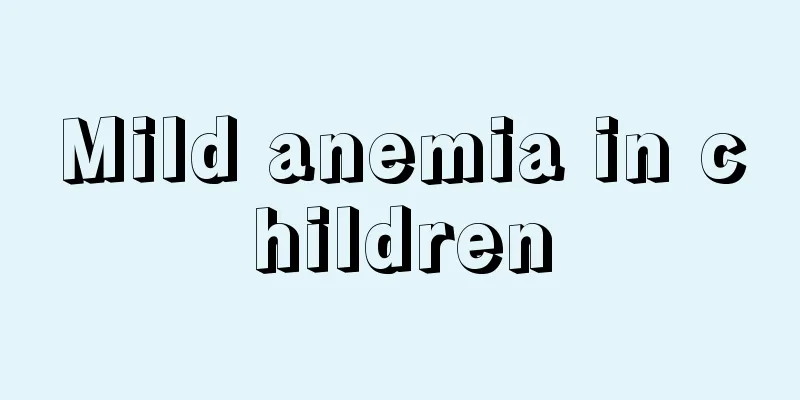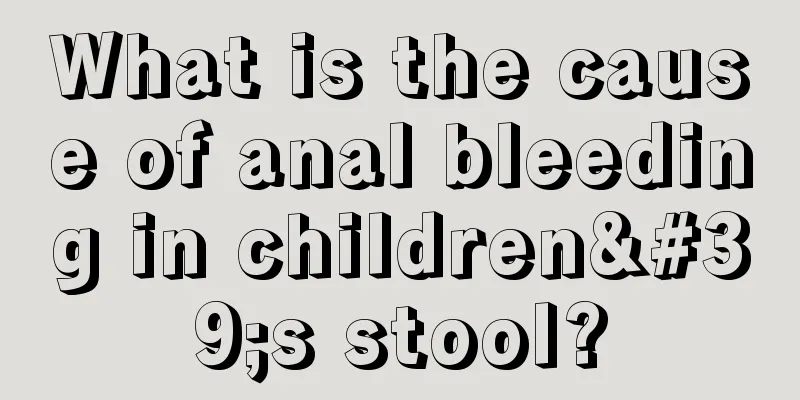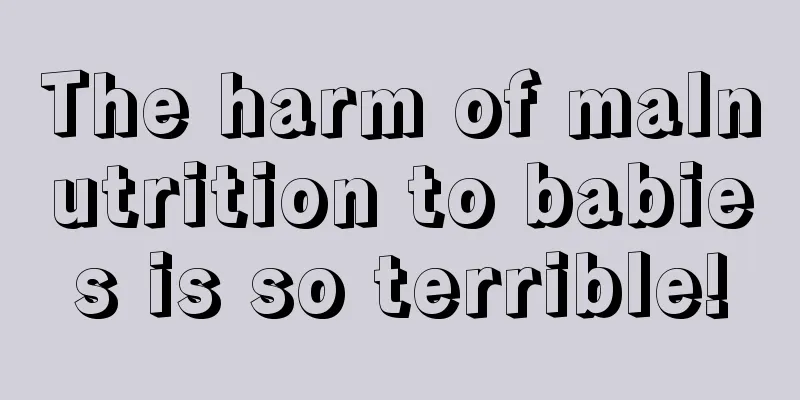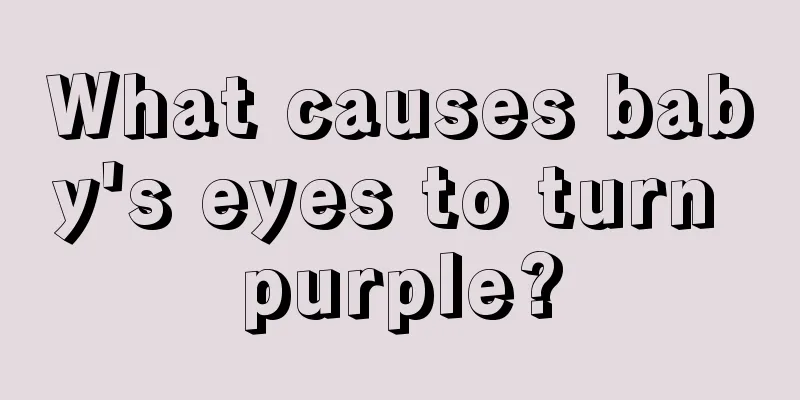What to do if your baby gets redness and swelling after vaccination

|
The redness and swelling after the baby gets a vaccination is an allergic reaction to the vaccination. Many parents are first-time parents and do not have much experience, so they are always unable to deal with some of their children’s special conditions. Let’s learn what to do if the baby has redness and swelling after vaccination. 1. After the vaccination, children should be allowed to rest properly, avoid strenuous activities or excessive fatigue, and pay attention to keeping the body warm to prevent colds, fevers or other diseases. 2. After vaccination, if you need to bathe your child, you should rub him/her gently, put on and take off clothes gently, and pay attention to protecting the injection site to prevent abrasion, abrasion or secondary infection. 3. After vaccination, some children will have a high body temperature within 24 hours. At this time, they should drink more boiled water to promote the excretion of metabolic products in the body and lower the body temperature. Avoid using antibiotics. If you have a high fever or other abnormal reaction symptoms, you should go to the hospital for diagnosis and treatment in time. 4. After receiving the BCG vaccine, local redness, swelling, abscesses, and even ulcers will gradually appear within 2 to 3 weeks. At this time, care should be taken to keep the skin around the ulcer clean and hygienic, let the child wear clean and soft clothes to prevent scratching, and bandage it with gauze if necessary. A scab will form after 3 to 4 weeks, and finally a small scar will form. If the reaction is severe and an abscess is formed, do not open the wound to drain the pus, otherwise the incision will be difficult to heal. 5. The live attenuated vaccine for preventing poliomyelitis can be dissolved in cold boiled water into a paste or swallowed directly, but you should avoid eating overheated food or drinking hot water within one hour after taking it to ensure that the live attenuated vaccine can exert its best efficacy. The above are solutions to redness and swelling in babies after vaccinations. Redness and swelling are most likely to occur after vaccinations. At this time, babies cannot express their pain and can only show it through some physical forms. Therefore, redness and swelling after infant vaccinations need to be treated promptly. |
<<: What to do if your baby cries after getting a vaccination
>>: What is the cause of the baby's fever after vaccination?
Recommend
What to do if your child develops early
Many parents worry about their children's dev...
What should I do if my nine-month-old child has a cold and fever?
Cold and fever are very common diseases. Almost e...
What causes a newborn to cough?
Children are very important to every family, but ...
What to do if your child has a foreign body sensation in his eyes
The child's body is developing and growing. I...
What are the benefits of eating more vegetables for young children?
Vegetables are foods that we must eat every day i...
How many months does it take for a child to speak?
In fact, every child learns to speak at a differe...
The difference between baby eczema and heat rash
Eczema and heat rash are two common diseases amon...
What is the most effective treatment for nasal congestion in children?
Children's resistance is usually weak, so whe...
Four-year-old baby has diarrhea
Generally speaking, if a four-year-old baby has d...
Is it good for children to take a bath frequently?
The bathing environment in many places is not ver...
What causes urticaria in children due to skin allergies?
Children's skin is very delicate and sensitiv...
What should a 6-year-old child eat when he has a fever?
Many parents feel at a loss when they find their ...
How long is the isolation period for hand, foot and mouth disease?
Hand, foot and mouth disease has been a high inci...
Can a 14-year-old wear a facial mask?
Making facial masks is the main way people take c...
Yellowing of the soles of children's feet
The soles of a normal person's feet and palms...









